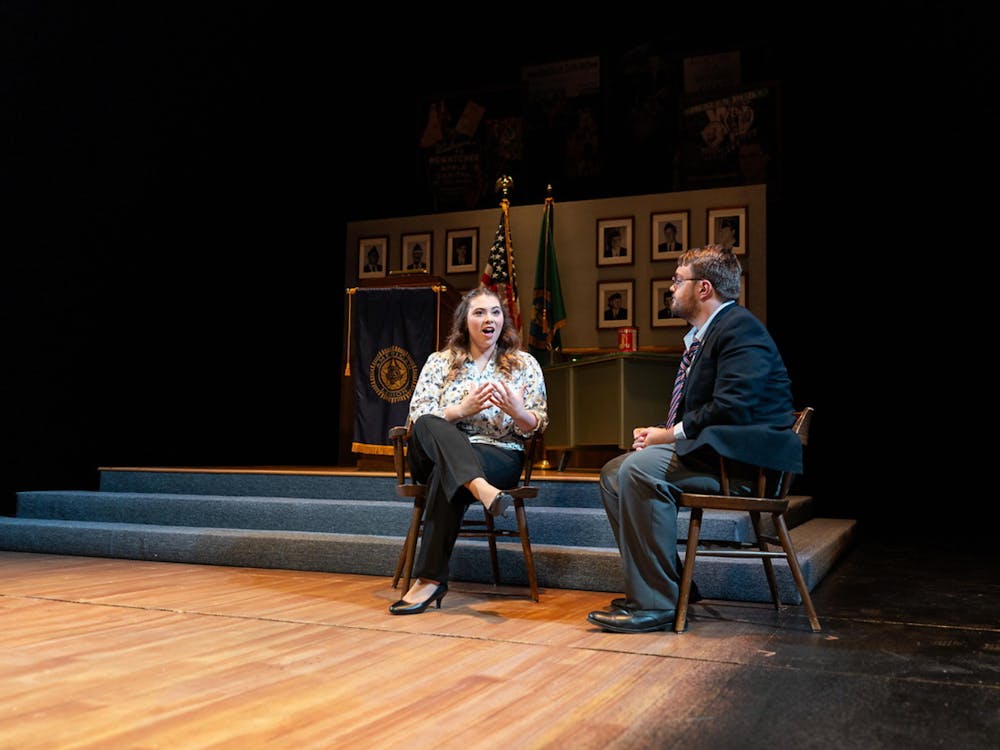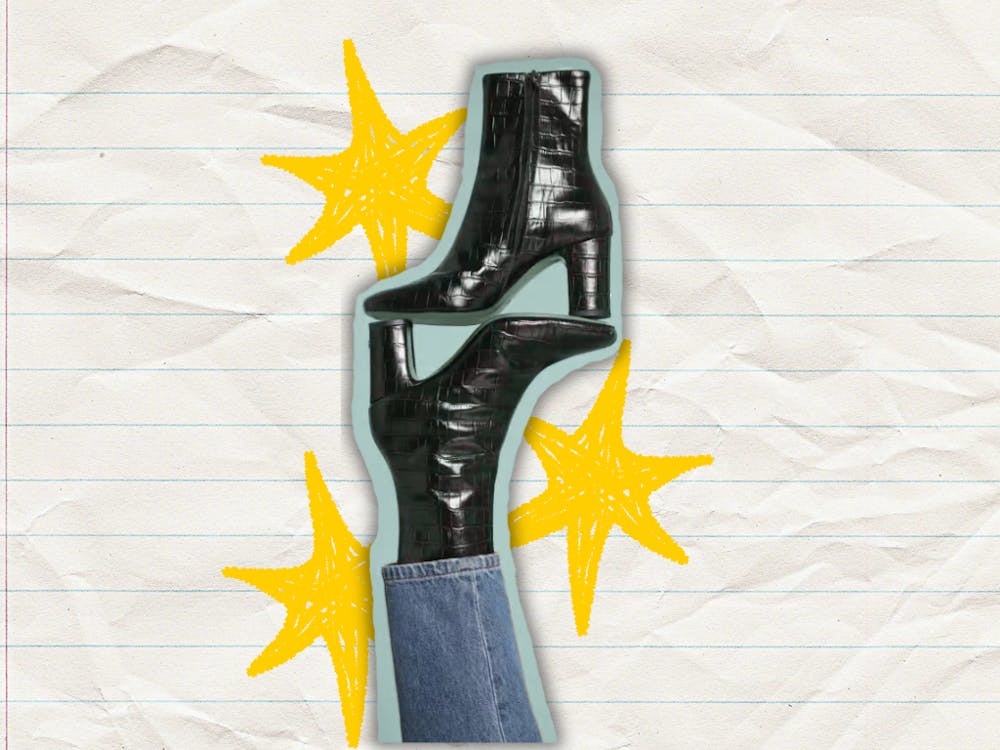There are many figures in fashion history that contributed to diversifying the industry into what it is today. Of course, there are the names of the major houses that are inescapable, like Guccio Gucci, Cristóbal Balenciaga, Mario Prada, to name a few. But in the realm of the avant-garde, few carry more weight than the Antwerp Six.
To someone who doesn’t know anything about these people, “Antwerp Six” sounds like a group of superheroes from a comic book. However, while they may not have super powers, these six individuals are indeed idolized by many for their many accomplishments in the fashion world. Walter Van Beirendonck, Ann Demeulemeester, Dries Van Noten, Dirk Van Saene, Dirk Bikkembergs and Marina Yee all attended and graduated from Antwerp’s Royal Academy of Fine Arts in Antwerp, Belgium between 1980 and 1981.
After they graduated from college in 1986, these six individuals quite literally “jumped in a van headed for London” for fashion week with the desire of leaving a lasting impact on the realm of fashion, according to theculturetrip.com. They were quite successful in their venture, as the effects of their work can be seen now, over 30 years later. Because of their success, Antwerp popped up as one of the next major cities for fashion.
Fashionista says that Ann Demeulemeester’s clothing is truly unique; it is undeniably the work of her own vision. Her clothing is generally characterized by monochromatic or dark color palettes, very clean tailoring and impressionable silhouettes, all of which contribute to a very poetic look. Here is a quote of hers that really reflects her well: “I'm not confused about what's happening in fashion, because I follow my own direction and go.” Her spring 2007 Menswear runway really strikes me as one of her best.
Dries Van Noten style is described by theculturetrip.com as “recognizable, but never ceases to amaze due to the beautiful combinations of fabrics, cuts and patterns.” The looks that he masterfully created command attention, but do not take away from the ability to wear the garments on a day to day basis. “For me, restrictions are not always negative. Restrictions can push creativity. I like restrictions,” said Van Noten. A personal favorite show of the designer’s is his spring 2006 Menswear collection.
Walter Van Beirendonck is described by many as the most out there of the Antwerp Six. He enjoys his flashy colors and not-so-hidden political messages, as seen in his fall 2015 menswear collection. He enjoys pushing the boundaries of what can and cannot be done, which is generally followed by him crossing said boundaries. “I want to push forward my own boundaries, to go further, experiment and try things out. Of course, then you’re also critical and sometimes you start to doubt. It’s always just before the presentation: Is it good enough? Did I do the right thing? Once it’s on the catwalk and you’ve got reactions and people do like it, it’s over and you can believe in yourself again. But it’s a very sensitive process, creating a collection.”
These three of the sextet found more success than the other half, with all of them creating major brands and heading them as the creative directors. This does not mean that the other three are insignificant by any means, it simply means that their work did not get as much traction.
Dirk Bikkembergs began his fashion career creating clothing that was largely inspired by military aesthetics, utilizing robust materials and simple shapes, according to apparelsearch.com. However, Bikkembergs’ love for football made him step away from the avant-garde as he began mainly focusing on athletic clothing, as seen in his fall/winter 2015 Milan collection.
Marina Yee’s lack of recognition may come from her resistance to the fashion industry, according to Autre, as she despised the wastefulness that came from the production of clothing. She would often make her pieces from clothing she would find at flea markets. This does not mean her work was anything less than extraordinary. She recently made a return to the fashion industry after a hiatus with new designs under the name M.Y. Project, according to Vogue.
The final member, Dirk Van Saene, also didn't participate in the fashion realm much after the 1986 fashion week. He seems to hold a disdain for the industry, as in his words, “I think there's currently nothing interesting in fashion. It is so boring. The designers never tire of repeating the 20s, 30s, 40s, 50s, 60s, 70s, 80s and 90s,” said Van Saene. “ So what? We've already seen everything. I can think of no designer collection, which I really like. ” Currently, he is an instructor at his alma mater.
Regardless of the success of each designer individually, their impact as a whole cannot be denied. Very few designers can say that they are the reason a city became a major fashion center, being among the company of major names such as Yohji Yamamoto, Issey Miyake and Rei Kawakubo, who shared a similar story of taking fashion week by storm and putting the city of Tokyo on the map of the fashion world.



